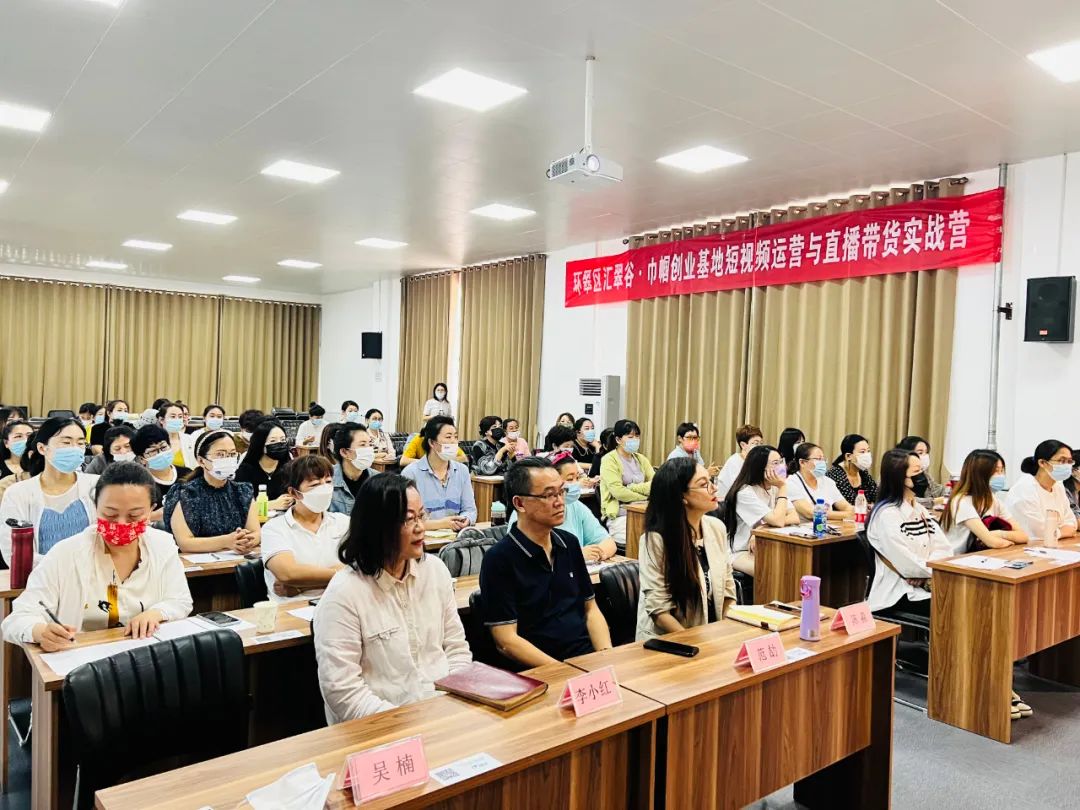The Wuhan Metropolitan Circle needs to solve four major problems in maturity | Seeking knowledge
Author:Changjiang Daily Time:2022.07.18
The Twelfth Party Congress of Hubei Province pointed out that "we must strive to build a pioneering area for the construction of a new development pattern." The metropolitan circle is an important starting point for my country's new type of urbanization, which is conducive to giving play to the agglomeration effect and has important strategic significance for building a new development pattern.
Wuhan Metropolis District belongs to "growth"
The data of the "Development Report of the Chinese Metropolis District 2021" released by the China New Urbanization Research Institute of Tsinghua University shows that the total area of 34 urban areas that can be recognized in the country is about 1.346 million square kilometers, accounting for 14.02%of the country's area, and 50.37%of the country gathered in the country. The population has created 65.57%of GDP, which has become increasingly prominent in my country's national economy, but the problems of inadequate and unbalanced development in the urban circle are still common. The concentration is reflected in the "step development" pattern of different urban areas. The urban circle at different stages of development has a huge difference in scale and volume. The functional positioning is different. The radiation driving effect is obvious.
The bud urban circle presents a "core -radiation" spatial structure. Most of these urban areas are located in the central and western regions of my country. The level of economic development in the core cities is not high. It is still in the stage of development and agglomeration. It has a limited role in radiation in surrounding areas. , Show the "core -radiation" space structure, such as Nanning, Urumqi, Lanzhou, Xining and other urban areas.
The "center -peripheral" characteristics of the cultivation urban circle are obvious. The radiation driving capacity of this type of urban circle has gradually emerged, the network of basic transportation facilities is encrypted, the economic and population connection between the core cities and the surrounding cities has strengthened, and the economic cooperation between regional economic cooperation is becoming increasingly closer. Nodes, but the number of small and medium -sized cities is still small, sparsely distributed, such as Shenyang, Jinan, Changchun, Kunming and other urban areas.
The prototype of the city's deputy center cities of the growth urban area appeared. The core city development level of this type of urban circle is generally at the forefront of the country, and the radiation driving capacity is strong. The internal channels have basically connected to the net. The prototype of some secondary central cities has emerged, making the urban circle show the overall multi -core development trend, but it still lacks driving driving The capable sub -cities have not formed a connected city -like urban belt, such as Wuhan, Fuzhou, Chengdu and other urban areas.
The mature urban circle has multiple core network characteristics. This type of urban circle has a large economic volume and rich across regional cooperation. The capital, talents, and logistics in the region basically form a net structure. The level of the same city between cities is high, and each formation of continuous development. The radiation driving capacity of core cities is no longer limited to the interior of the urban circle, but plays a leading role in the urban -connected area, urban agglomeration, and even nationwide. Essence
The Wuhan Metropolis Circle is mature, and four major problems need to be solved
The Wuhan Metropolitan District, as the most dense and most dynamic area of Hubei Industry and production factors, has gone through more than ten years of development from the "five integration" to "five unity". During these ten years, the comprehensive strength of core cities has leaped sharply, the economic strength of surrounding cities has steadily improved, the pace of urbanization has been promoted in an orderly manner, and its support for the province has been further enhanced. However, compared with the mature urban circle, there are still problems such as poor core, poor transportation, insufficient collaboration, and incomplete mechanism. Essence
Strengthen the "growth core" to strengthen the core area. The core area is the development pole core of the urban circle, and is the main engine to lead the economic and social development of the urban circle. The competitiveness of the urban circle link into the global economic network is mainly determined by the core area. To strengthen the Wuhan Metropolitan Circle, it is necessary to further enhance the economic energy level of the core area of Wu Ewang, and focus on the development of the "965" industrial cluster. The modern industrial system for the main body, consolidate the foundation of the real economy, and strengthen the "leading leader" of the core area.
Open the urban channel to do a good job of "hard Unicom". The improvement of urbanization levels and the expansion of the scale of the metropolitan area require the regional transportation network system to continuously improve. With the increasingly saturated construction of urban basic transportation networks, the development of the urban circle traffic network has gradually entered a new stage of planning management and operation optimization. It is necessary for the Wuhan Metropolitan Circle to open up the "Broken Road" and expand the "Bottleneck Road" to unblock the highway network, and make good use of the existing Wuhan to Xianning, Wuhan to Huangshi, Wuhan to Huanggang, Wuhan to Xiaogan, Wuhan to Xiantao. The intercity railway, through the busization operation of the intercity railway, supplemented the shortcomings of the municipal railway, promoted the "four -network integration" of urban rail transit, trunk railway, intercity railway, and urban (suburban) railway to create a "urban circle on the orbit" Essence
The industry in the domain industry is an excellent "soft collaboration". Industrial cooperation is the key and bond of the development of the same urbanization in the urban circle. Based on the differences between the needs and value creation of the three industries in the three industries, the industry of the mature urban circle generally presents the "three -two" reverse order distribution, and the characteristics of the value chain link from the "center -periphery" of the urban area are decreasing from high to low gradients. Essence To form this industrial layout in the Wuhan Metropolitan Area, it is necessary to comprehensively sort out the leading, advantages and emerging industries in various regions in the circle, and accelerate the formulation of the "Metropolitan Map of the Metropolis Circle". On this basis, the industrial map is guided to promote the orderly transfer of the general manufacturing industry from the inside out, the pillar industrial chain will effectively extend forward and backward, and the emerging industry innovation drives the development. The industrial circle structure of cooperation and cluster development. Improve the institutional mechanism "concentric circle". The urban circle is a high -level form of urban regional space form. In the urban circle, market entities can seek better resource allocation, residents can seek better quality of life, and government departments can seek more space for economic and social development. In order to promote the integration and collaboration of cross -regional resources, it is necessary for the Wuhan Metropolitan Circle to promote a new round of more substantial institutional mechanism innovation, establish and improve the coordination and coordination mechanism, interest distribution mechanism and resource sharing mechanism, and solve the "administrative region boundary division economic zone". The problem of breaking through the barriers effectively promotes the development of the city's fellow urbanization.
(Author: Yang Yanjun Xu Man Unit: Economics and Economics and Economics and Economics and Economics of the Party School of the Communist Party of China)
【Edit: Zheng Xiaoxiao】
- END -
The first phase of the Women's Federation of Weihai Huancui District "Short Video Operation and Live Play Paper Real Camp" opened

In order to help more women increase their income on the Internet new media platfo...
One week's voice | Sun Chunlan: Greed up employment channel optimization and guidance service Health and Health Commission: Never allow factors to prevent the masses of the masses by factors beyond the prevention and control of the epidemic

Reporter | Interface China ReportSun Chunlan: This year's college graduates are 10...